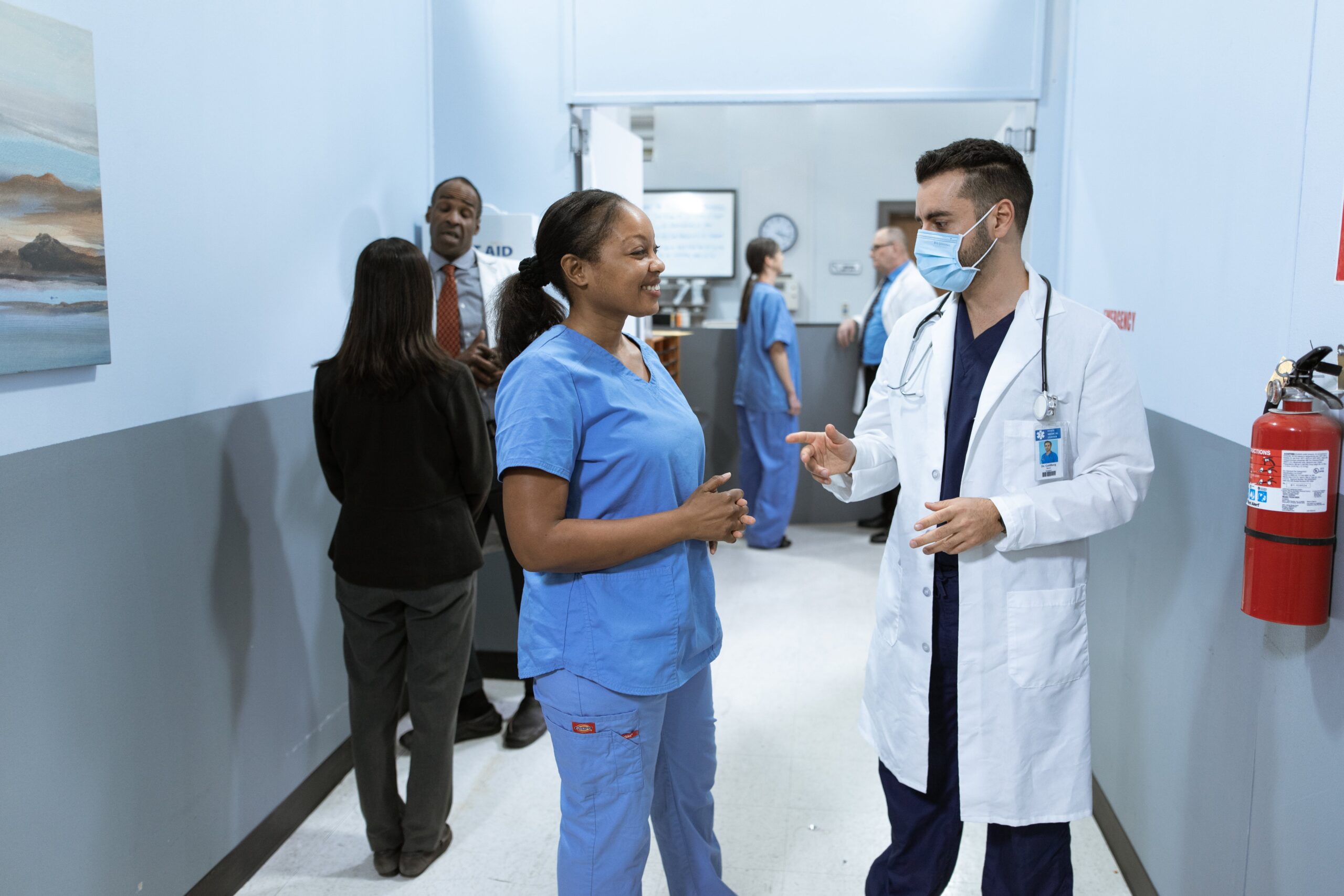Looking back on what the healthcare industry has endured these past few years of the pandemic, it is nothing short of shocking. Healthcare has needed to rise to the occasion and deal with larger patient loads than ever before. And while that requires an all-hands-on-deck approach, other tools have helped the industry to respond and even re-imagine itself in some areas.
Technology plays a role in pretty much every industry out there today, and healthcare is no exception. Much of how the industry functions can be accredited in some part to technological advances. Here’s a look at three ways in which technology is currently helping the healthcare industry, some of which you may not even be aware of.
Virtual Care Has Transformed the Way Patients Seek Healthcare
Here is the perfect example of technology teaming up with healthcare to improve the patient experience. Telemedicine or virtual care isn’t exactly new, but the use of it has increased dramatically over the past while. Its goal is to provide people with the services and tools they need in terms of healthcare.
Some of the benefits of telemedicine include:
- Streamlined services
- Improved communication
- Improved wait times
- Reduced pressure on traditional healthcare facilities
- Reduced costs
- Accessible appointments
- Reduced contamination in the waiting room
This is just a small look at the many advantages of telemedicine. While the goal isn’t to replace traditional healthcare, it can certainly enhance the entire industry and patient care as a whole.
Calculating Risk No Longer Has to Be a Difficult Task
Another way in which technology is assisting the healthcare industry is by analyzing data quickly and efficiently, providing all kinds of insight, reports and data modeling. Take the RAF score calculator which requires users to enter in a few key details to get a diagnosis and demographic risk score.
Factored into the demographic score are such things as:
- Sex
- Age
- Location
- Disability risk
- Disease risk
- Type of residence (community, nursing facility, etc.)
Once you combine the diagnosis risk score and the demographic risk score, you then get an overview of the patient’s health. This is just one of many calculator tools that can prove essential for people working in healthcare at different levels and in different capacities.
Drug Development Can Be Sped Up with Technology
Developing a new drug is an extremely long and costly process. So many different illnesses and diseases could benefit from new drugs, but unfortunately far too often the process is deemed too expensive or too long, so these problems go unsolved. Here’s where technology can enter the picture and prove extremely beneficial.
Technology can help the drug development process by:
- Speeding up the process
- Increasing safety
- Improving efficacy
- Better predicting biological outcomes
- Finding drug candidates faster
If drugs can be developed faster, safer and less expensively, it opens the door to possibilities.
The fact is that technology is just scratching the surface in the healthcare industry, as there is so much still to learn and to develop that will help providers, researchers and patients alike.
